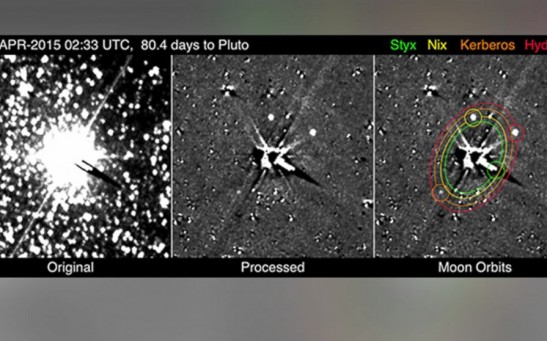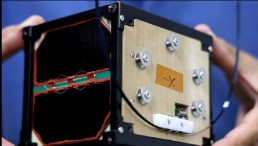space
Giant Asteroid to Pass Close to the Earth

NASA Releases New Pictures of Ceres
Getting to the Core of MESSENGER's Research—Mercury Reveals A Liquid Core

NASA Downplays EM Drive

NASA Says Humans Will Land on Mars in 2030s

NASA Brings Traffic Control to Mars

Andromeda's Halo and Its Gaseous Glow
For the Mom Who has Everything, How About a Martian Crater?

SpaceX Abort Test a Success

NASA Wants Your Ideas for a Mars Colony
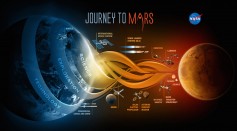
Man's Next Endeavor In Space-Keeping Mankind Alive on Mars
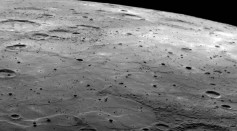
Data from NASA’s Messenger Probe Reveals New Information About Mercury’s Magnetic Field

The Red Planet Turns Blue As the Sun Sets
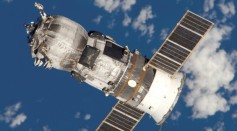
Progress Spacecraft Falling to Earth
Most Popular

The Role of AI in the Next Generation of Logistics: Insights from Tobias Waldhecker

Alzheimer's Treatment Drug Lecanemab Found to Increase Death Risk, New Research Shows

Cloned Black-Footed Ferret Gives Birth to Two Healthy Kits

Optimizing Complex Catalog Systems with Graph Theory and Indexing

